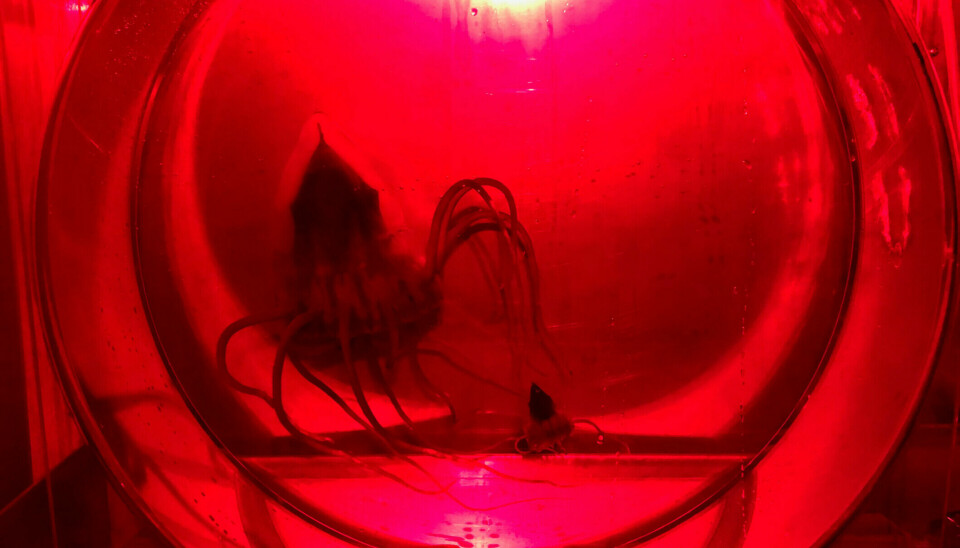
Mucus oozed when this deep-sea creature was kept in murky water
Researchers tested how well the jellyfish could tolerate particles in water that simulated potential seabed mining conditions.
It might look a bit like something that has wandered onto a spaceship in a science fiction movie.
But this creature exists in small numbers in most oceans. The jellyfish prefers to be out of sight, from 4,000 to 200 metres below sea level.
Poisonous tentacles
The helmet jellyfish cannot tolerate sunlight. It moves upwards in the water at night and retreats back down into darkness during the day. It has 12 poisonous tentacles and can produce strong flashes of light from its body to frighten would-be predators.
“The helmet jellyfish lives its life at a slow pace. It has a slow metabolism and grows slowly,” Helena Hauss says. She is the research director for marine ecology at the Norwegian research institute NORCE.
In a new study, Hauss and colleagues have investigated how the jellyfish reacts to suspended sediment particles in the water that simulate what might be emitted from mineral extraction on the seabed.
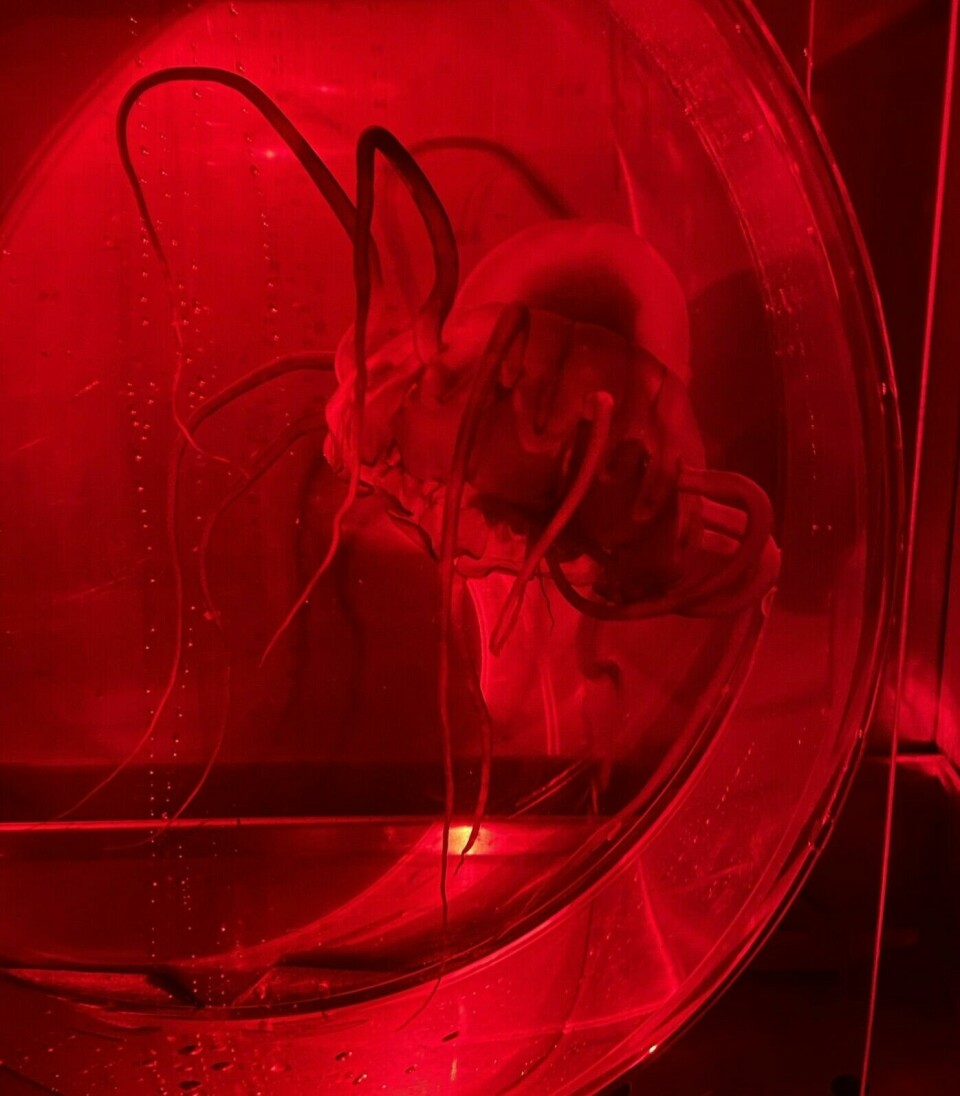
Particles on the seabed and in the water column
Several countries, including Norway, are looking at the possibilities of extracting sought-after minerals from the bottom of the deep sea.
Marine researchers have pointed out that we lack knowledge about the effects such an industry would have on marine life.
Most viewed
No content
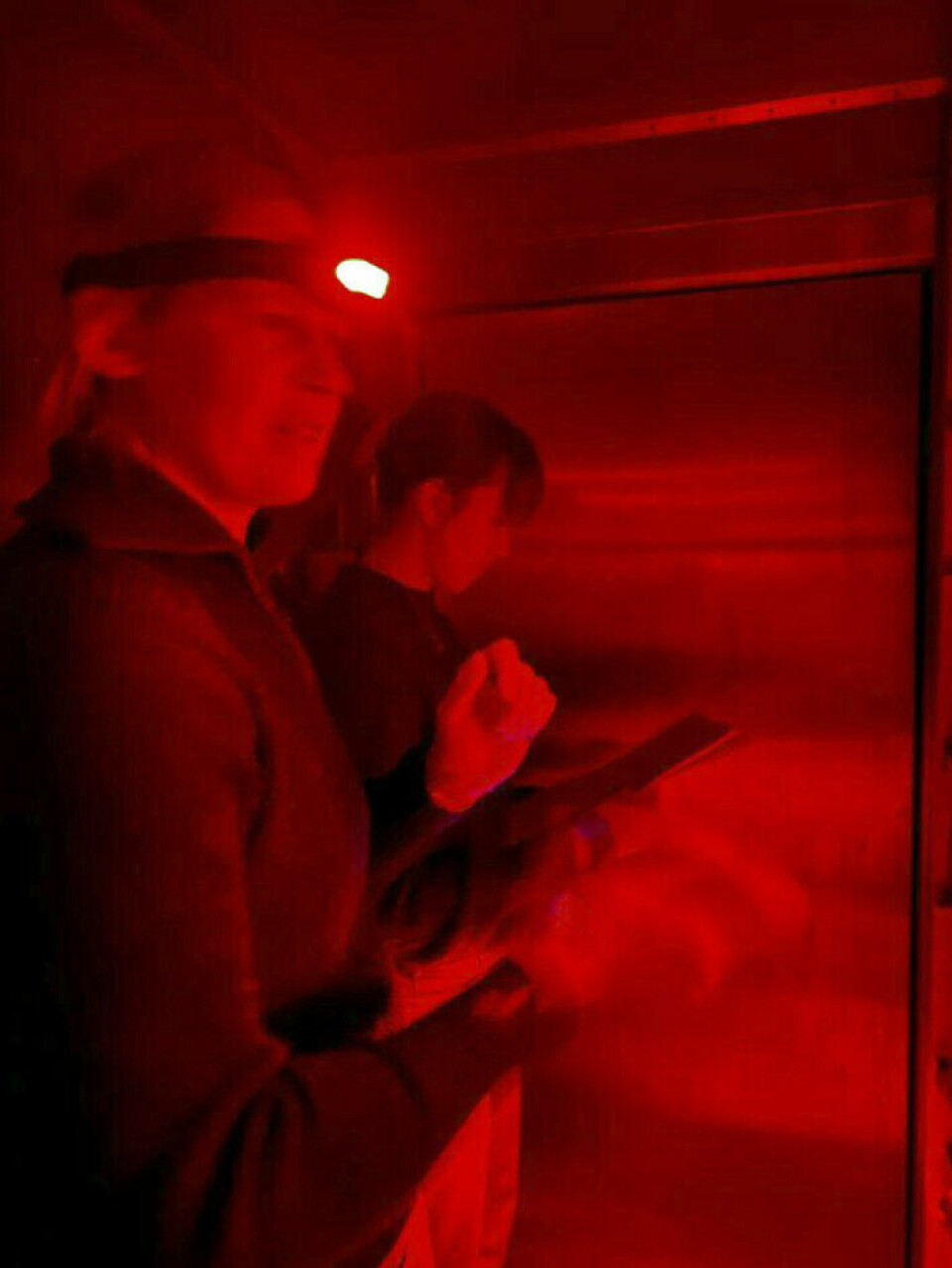
One of the concerns is that plumes of suspended sediment from mining will affect wildlife.
These particles could originate from machinery operating on the seabed or as suspended sediment that are dispersed higher up in the water column. When the ore has been transported up to a ship and cleaned, it is assumed that the water and residual material must be released back into the sea.
“The effect of sediment plumes in the free water masses is even less understood than the effect on the ocean floor,” Hauss says.
Emissions in the water column have not received much attention yet, Hauss notes.
“It's a bit problematic, because creating restrictions for ocean use is even more difficult than for land use. The ocean is dynamic, and keeping these sediment plumes in one place is difficult. The currents can spread them for tens to hundreds of kilometres," she says.
Caught in Norwegian fjords
The researchers chose the helmet jellyfish to test the effect of extra sediment particles in the water.
The jellyfish were caught in the Lurefjord and Sognefjord. In recent years, the jellyfish have spread along the Norwegian coast, according to the Great Norwegian Encyclopedia (link in Norwegian).
Hauss previously worked at the German marine research centre GEOMAR, and the expedition to Norway was originally to be followed by work on land.
Due to the Covid-19 pandemic, the experiments were instead conducted on the ship.
The jellyfish were kept in tanks with four different concentrations of particles in the water. The experiment was meant to mimic emissions in the water column associated with mining on the seabed.
The researchers also tested how the jellyfish reacted to an increased temperature of up to four degrees.
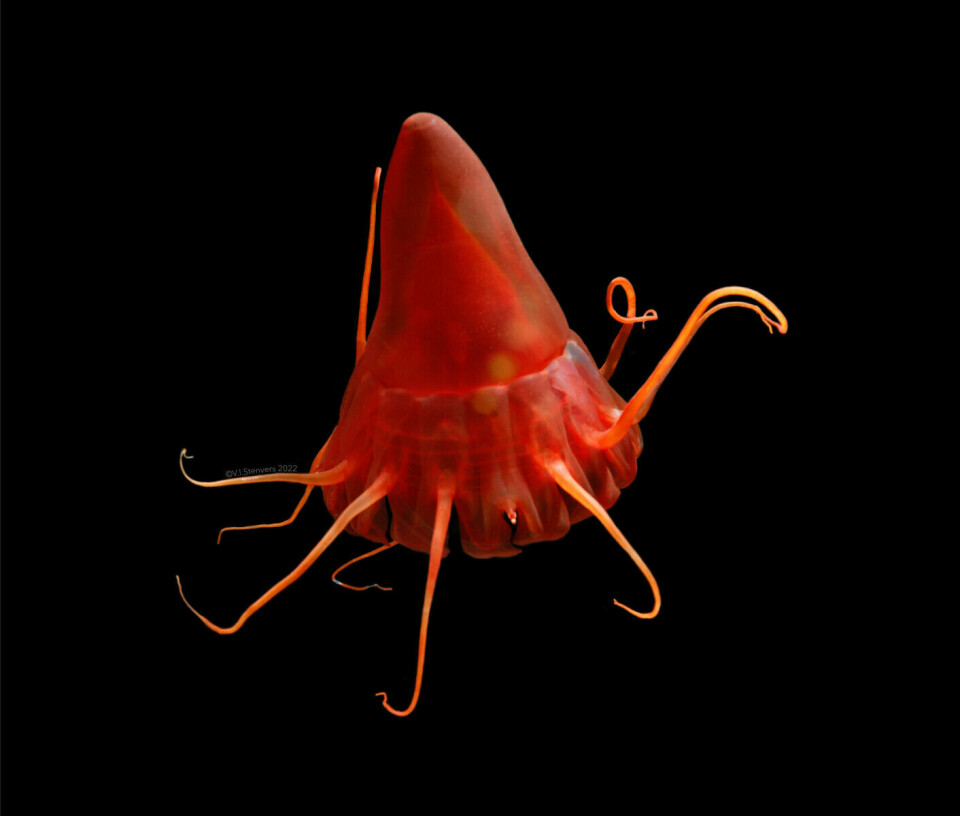
Covered in mucus
“What we observed was that the jellyfish breathed faster and used more oxygen and energy,” Hauss says.
The jellyfish began to secrete mucus to protect themselves. The higher the suspended particle concentration, the more mucus they produced.
“The mucus looks a bit like icing on the jellyfish. You can see threads of mucus coming down the sides,” she says.
At the same time, the jellyfish activated several genes related to wound healing and the immune system.
“The jellyfish used more energy to fix things,” Hauss says.
The researchers observed similar reactions in the temperature experiment. A temperature increase of four degrees in the deep sea is extreme, Hauss points out. Not even in the worst climate projections will the deep sea warm by that much.
“But the response to the suspended sediment was nonetheless similar to or worse than the response to the rise in temperature,” she says.

Wears down energy
The jellyfish managed to endure the murkiness and did not die. Nonetheless, this kind of water pollution can have a negative effect, according to Hauss.
“If you extrapolate this knowledge to the real ocean, my concern as a biologist is that when the jellyfish use more energy to fix themselves, they have less energy to reproduce, grow, and live. The deep sea is a rather nutrient-poor environment,” she says.
The jellyfish are found in an area considered for exploration in Norway.
Hauss adds that the particles used in the experiment consisted of sediment that comes from deep-sea plains. This is relevant for mineral extraction in the Pacific Ocean, for example.
In Norway, potential mineral activity would take place on hard ground like the mid-ocean ridge and on seamounts.
The composition of particle emissions would therefore be different here.
Similar effect in other animals
Tina Kutti is a researcher at the Norwegian Institute of Marine Research and has conducted studies on how other organisms react to an increased amount of particles in the water.
She says that the new study confirms what has been observed previously.
“The researchers haven't done anything very new, but they have run tests on a new type of organism. Their study helps to build up the picture we have: That most organisms are sensitive to increased levels of sediment in the water," she says.
Kutti has previously conducted studies with sponges, corals, and bivalves. These studies have dealt with oil drilling, where experiments with natural sediment in the water was also conducted. She has also experimented with particles from mine deposits in fjords.
The organisms she has worked with react in two different ways, she says.
“What’s common for sponges and also some corals is that they shut down. The sponges stop pumping, and corals retract their tentacles. Their metabolism slows down, similar to when bears hibernate,” she says.
The second reaction is the same as the jellyfish exhibited in the new study.
“The organism starts to work very actively to cleanse the body of sediment particles by producing a lot of mucus and increasing their metabolism," she says.
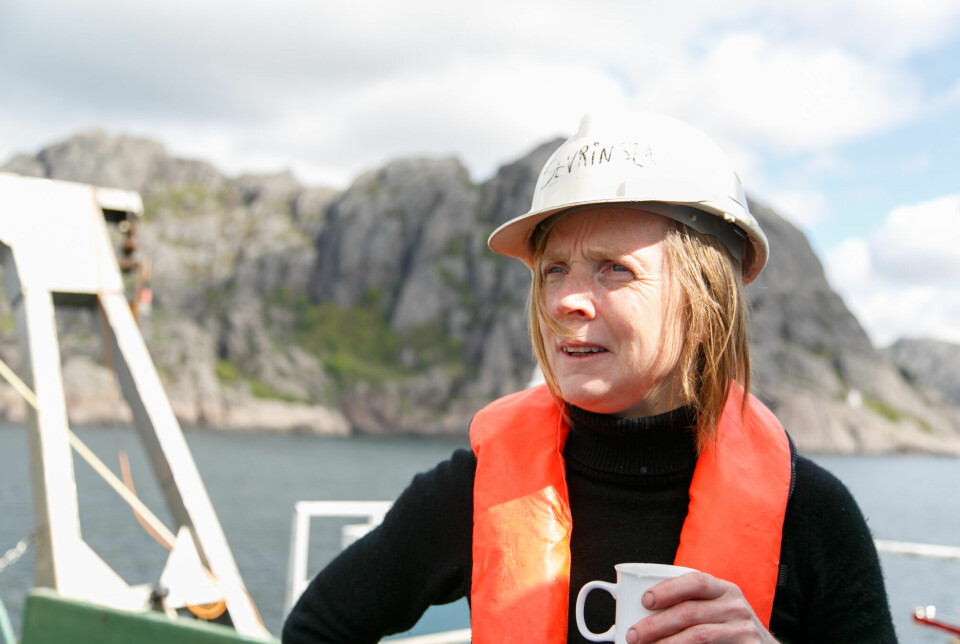
We still know too little
Producing mucus is a common way for animals to protect themselves. An outer mucus layer is very important for all organisms in the sea, says Kutti.
“The mucus can be used to get rid of sediment particles that have settled on the body. The organisms produce a thick layer of mucus, and then they shed it," she says.
This costs them energy, according to Kutti.
“Continuous mucus production will require the organism to eat a lot more. Otherwise, their energy reserves and growth will be affected," she says.
Kutti says that particle emissions related to seabed mining is likely to have a harmful effect on wildlife.
“The extent of the impact depends on which organisms live there, current patterns, how far the material spreads, and so on. These are topics about which we have no knowledge today,” she says.
“We know far too little to be able to predict the consequences. The little we do know is that there are going to be effects. The question is how big they will be.”
So it is excellent that studies are being conducted on several types of organisms, according to Kutti.
———
Translated by Ingrid P. Nuse
Read the Norwegian version of this article at forskning.no
Reference:
Stenvers et al. Experimental mining plumes and ocean warming trigger stress in a deep pelagic jellyfish, Nature Communications, vol. 14, 2023. DOI: 10.1038/s41467-023-43023-6
































